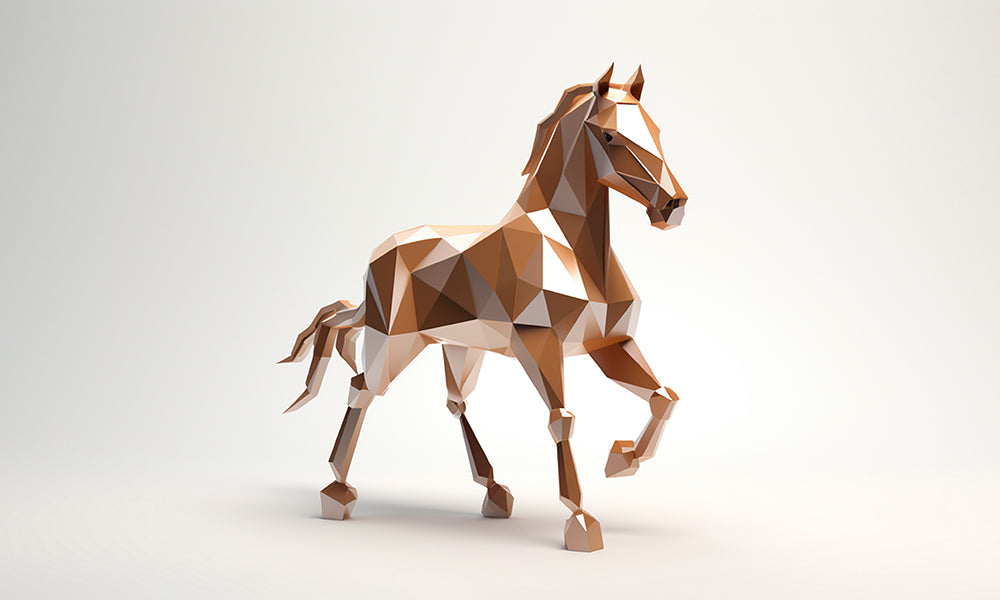Public Art Commissions: How Artists Can Win Bids For Publicly Funded Projects

Need an effective way for people to recognize your art? Consider submitting a bid for a government funded art project. Winning a public art commission can be a great way to get more attention and recognition for your works. It also exposes your art to potential collectors, buyers, and gallery owners who are on the hunt for new talent and a fresh art style. There is a huge demand for public art as a Fox report reveals that in 2024, public artists in the US completed an average of 9.8 projects, which was more than double the 4.4 projects in 2023. It was also reported that while murals were still among the top commissioned projects, abstract sculpture was the leading category of commissioned art. Light art, hands-on interactive pieces, and digital installations are also among the most highly commissioned works, proving that artists who work with a variety of art mediums may have a chance to get their art displayed in public areas.
It can be incredibly fulfilling to see your art in a public place as not only will you get more recognition in your local art scene, but it also opens up a new income stream for you. To get started, here's what you need to know to get commissioned for a public art project.
Find Out Where to Bid for Art Commissions
Many cities, towns, and underrated tourist destinations are looking for ways to add interest to their communities with art. This is why requests for proposals, or RFPs, are consistently being released by government agencies all over the world for the creation of public art installations, according to RFPHub. You can look up RFPs for public art online, and a typical RFP for a public art project will include detailed information about where the artwork will be installed, as well as its description, budget, timeline, and the deadline for submission of proposals.
Apart from searching for RFPs, you can also sign up to be included on the mailing list of institutions that coordinate with government agencies for public art creation. These may include your state or province's cultural affairs department, or even your city government. You should also be on the lookout for nonprofit groups that support the arts or the community's development since some of them scout for innovative artists to work on public artworks.
Create a Winning Proposal
Once you see an RFP that's right up your alley, plan on creating a winning proposal. At this point, you've probably got lots of ideas for the public art project, but instead of submitting different art designs, choose one and stick to it. Presenting several alternate designs can make panelists think that you're not sure how you want your art to be perceived, or that you don't believe in your art. So have some conviction from the get-go and put the focus on just one design for your entire proposal. Next, you need to prove that your narrative fits with the goals or purpose of the project. For instance, if the RFP states that the art project should focus on the concept of one love, will your sculpture or mural accurately convey that message to people?
Once you've got all of that sorted out, prepare images such as sketches, or use a graphic design tool to create a digital illustration of your artwork which shows it in the exact place where it's supposed to be installed. Don't forget to include your budget which should cover fees for materials and labor, travel and shipping, engineering and consultation fees, and your artist's fee. You'll also need to include a schedule which shows a realistic timeline of when the project will begin and end, from the time you start or refine the design to the actual installation.
Get Selected
The selection process may take some time, especially if there are a lot of artists who submit bids for the project. Typically, those who are shortlisted may receive a request for qualifications (RFQ), so if you receive this, you'll need to submit a document that lists your skills, previous public art commissions, and other relevant experiences. Finalists will also get to present their projects, so you'll need to prepare a good Powerpoint presentation, as well as some miniature 3D models if you're creating an installation or sculpture. If your work gets recommended and approved, you'll be asked to sign a contract for the project. At this point, consulting a lawyer is a must to ensure that you’re getting compensated fairly and you're given enough time to complete the artwork.
Getting your art installed in a public place can be a rewarding experience. Consider these tips to win bids for publicly funded art projects, and see how your work can enliven and add color to your community.














